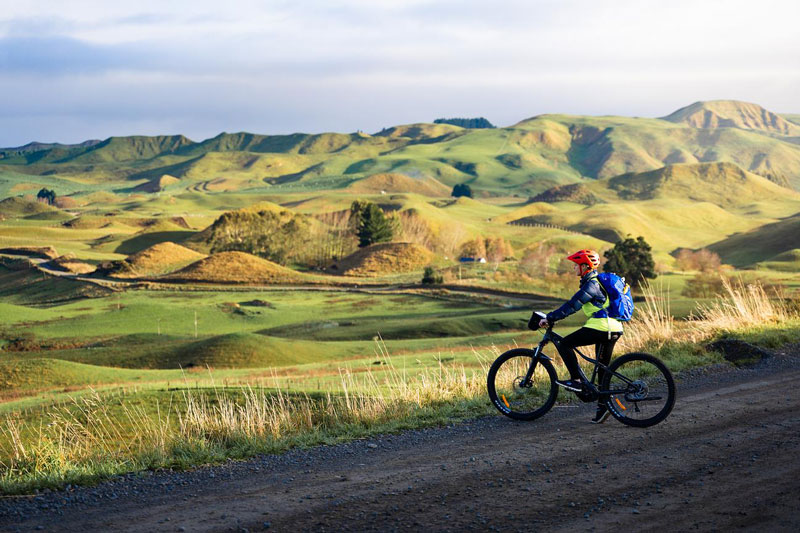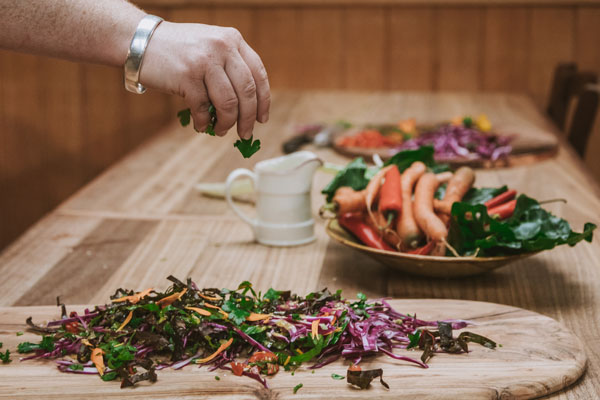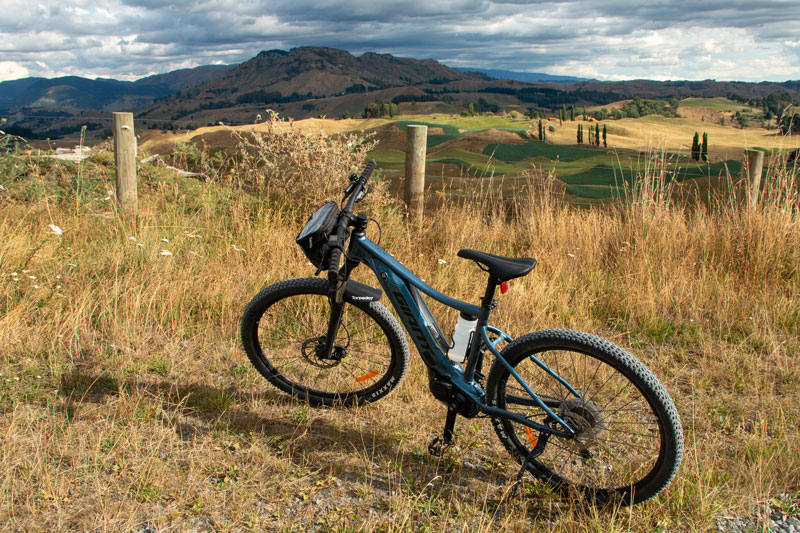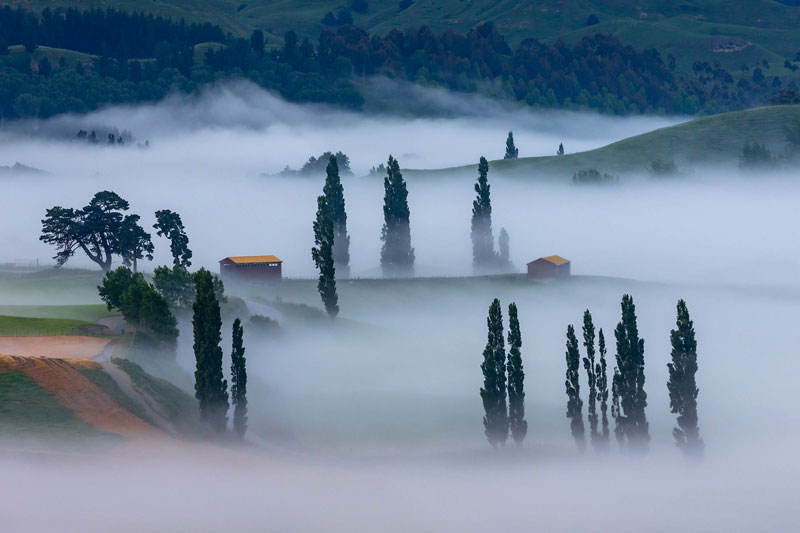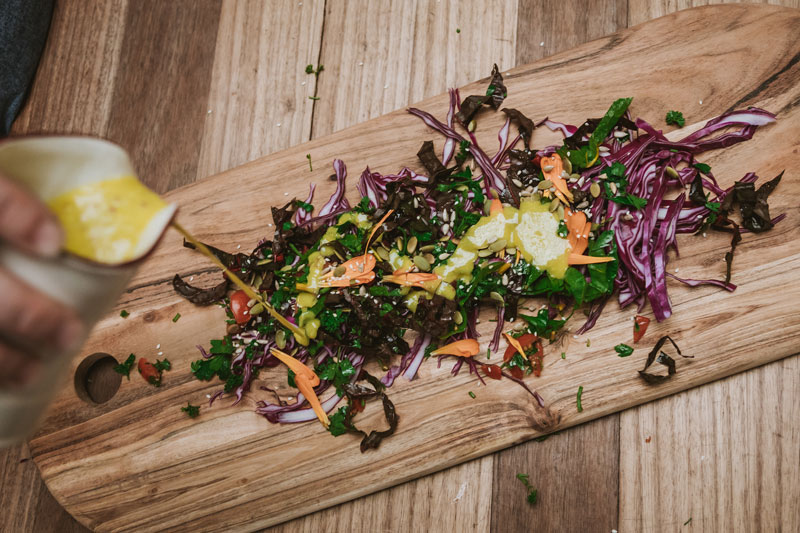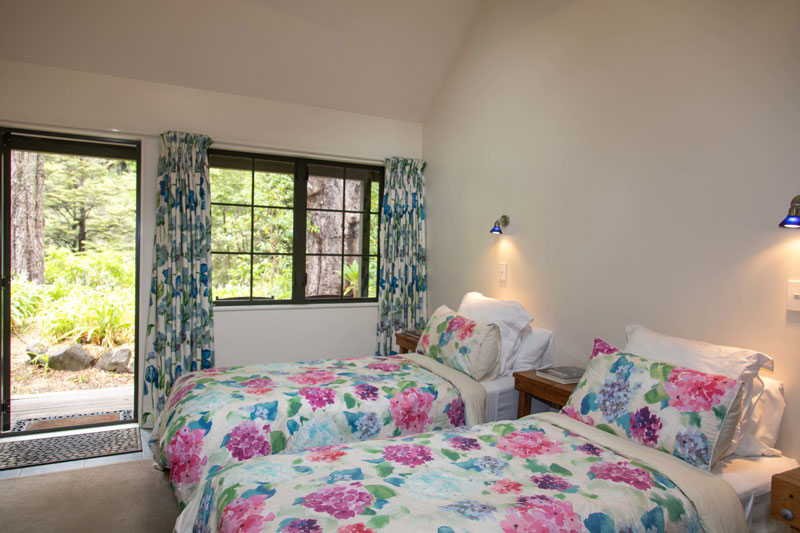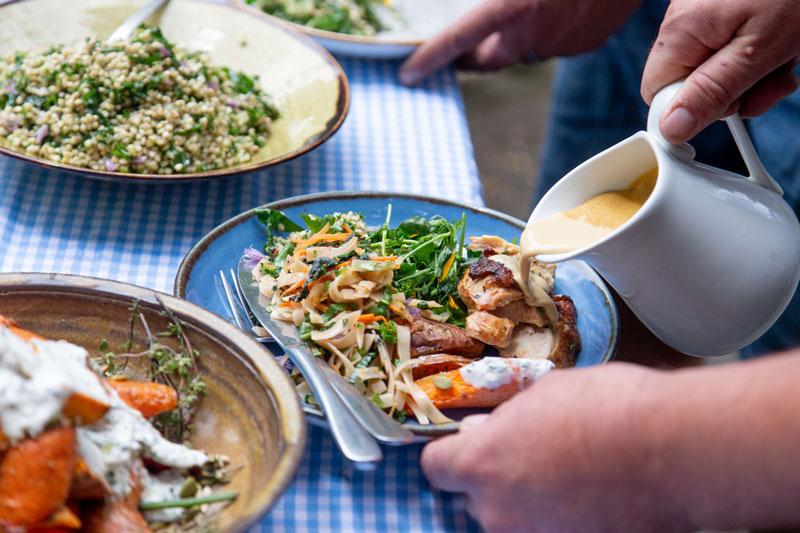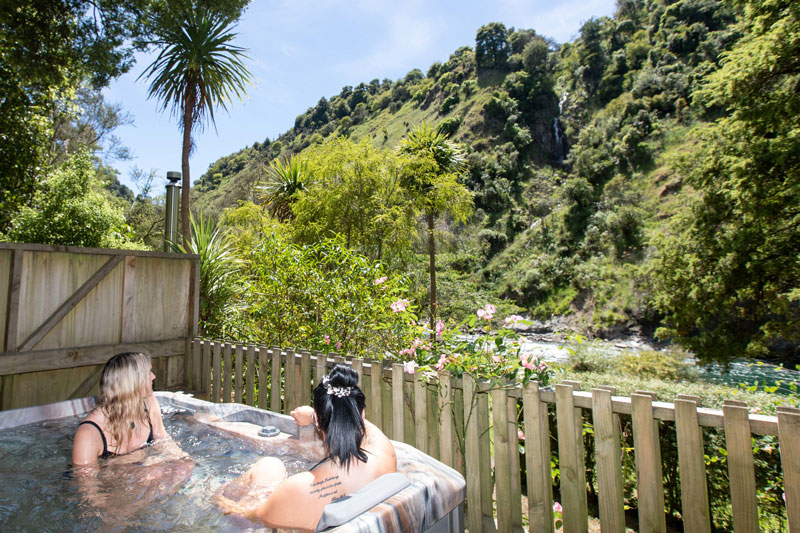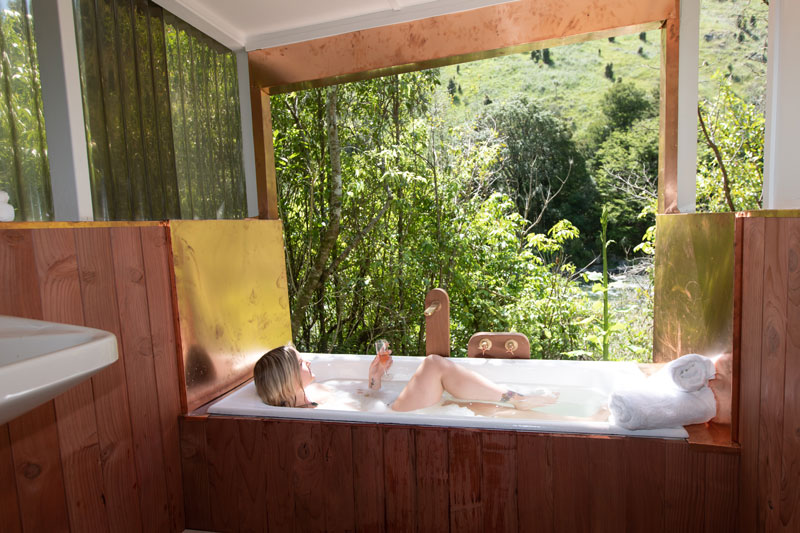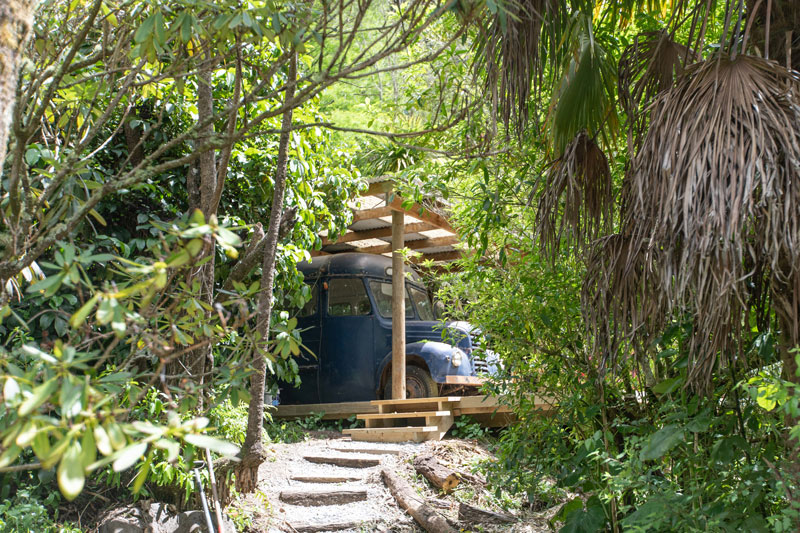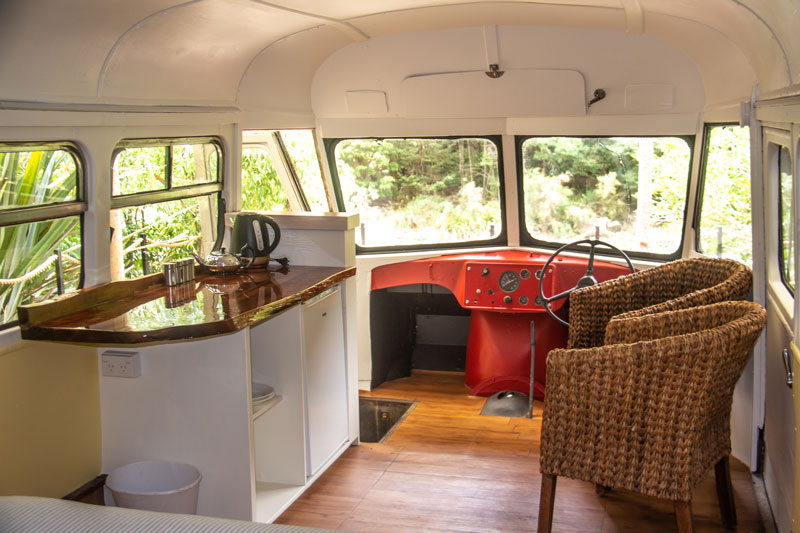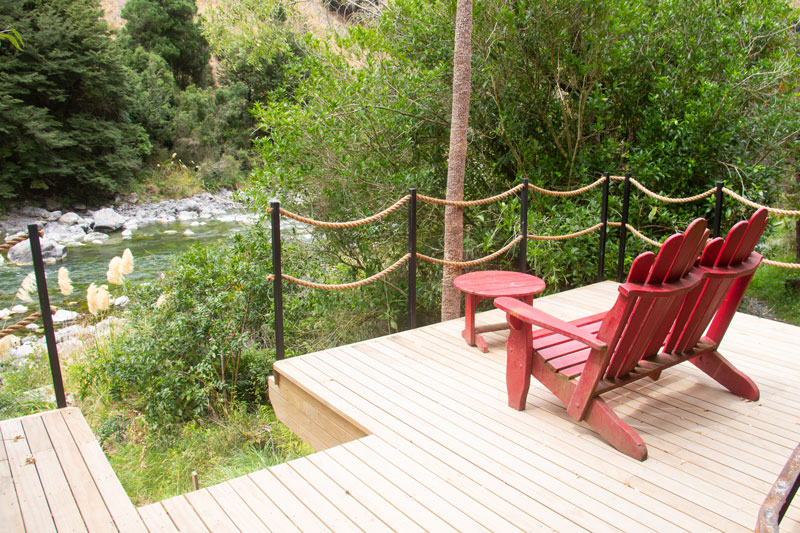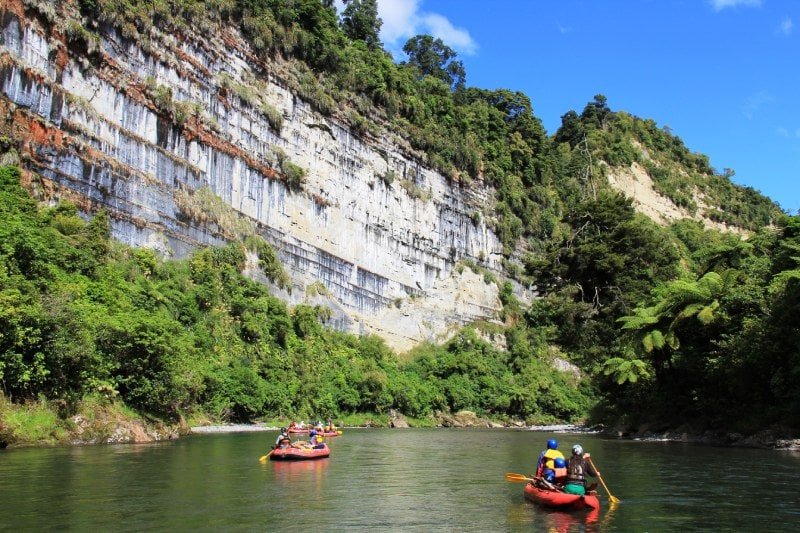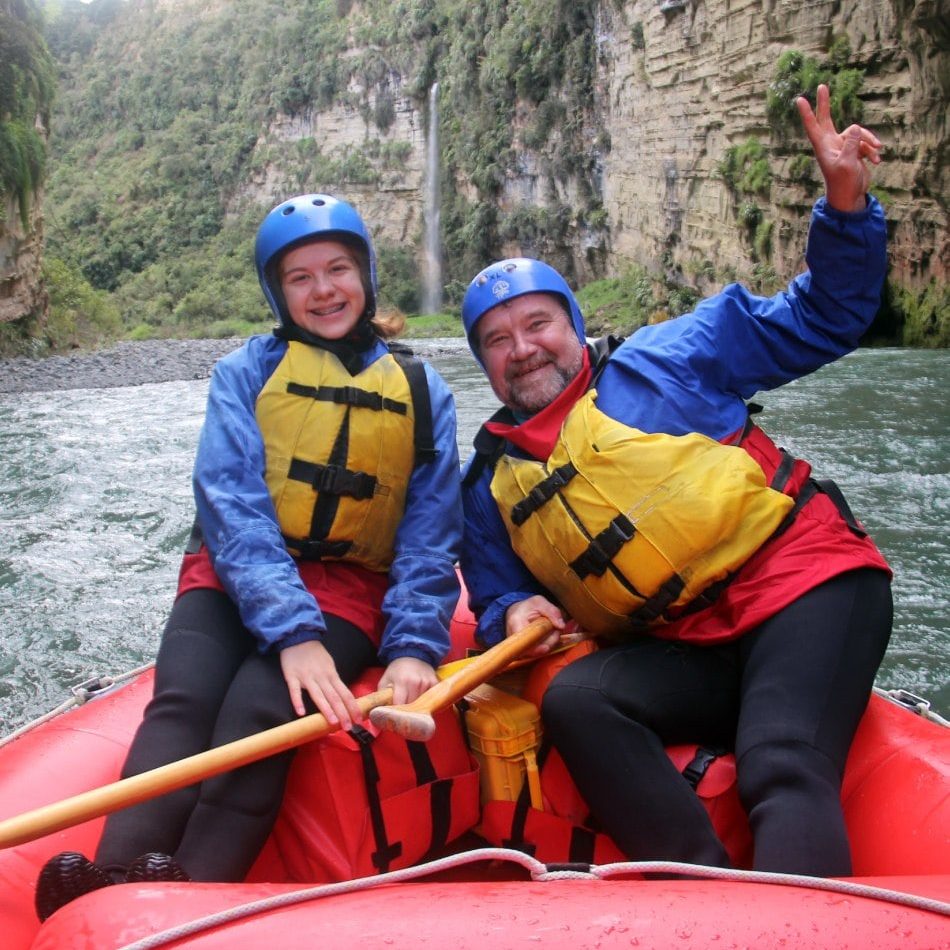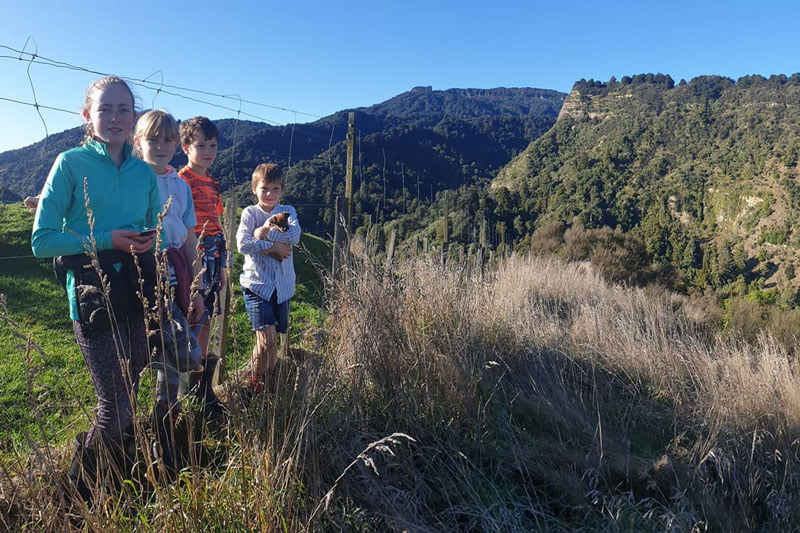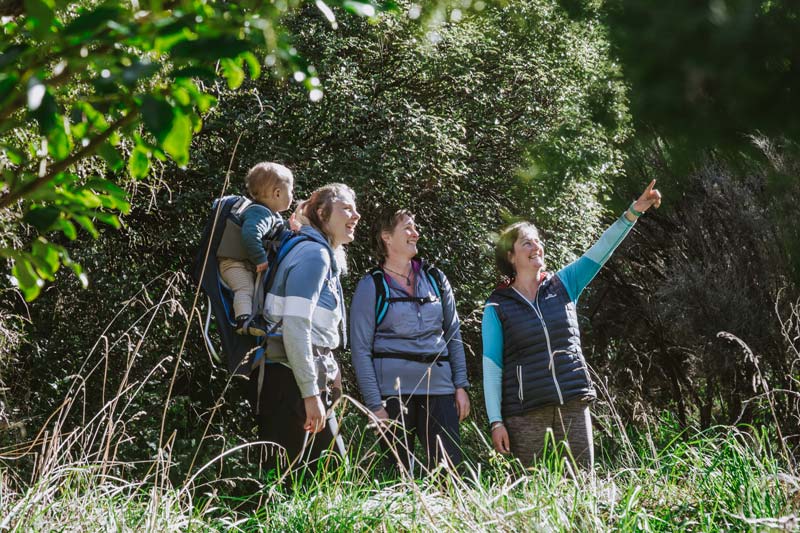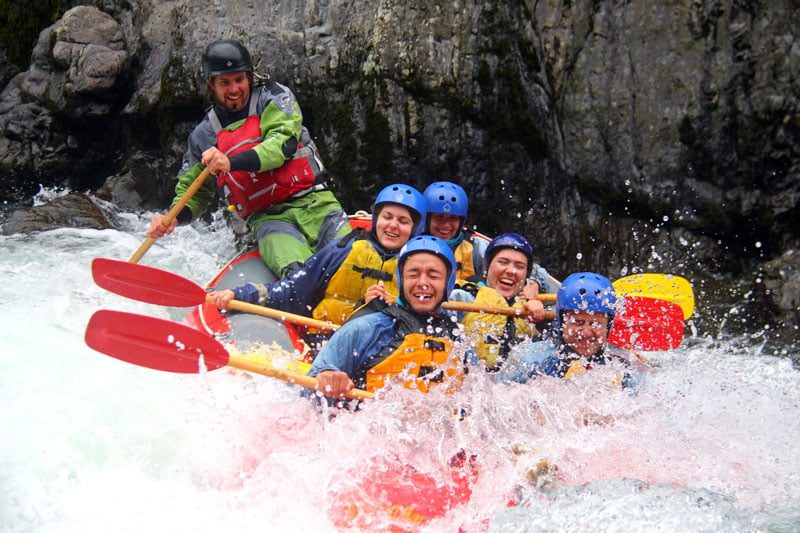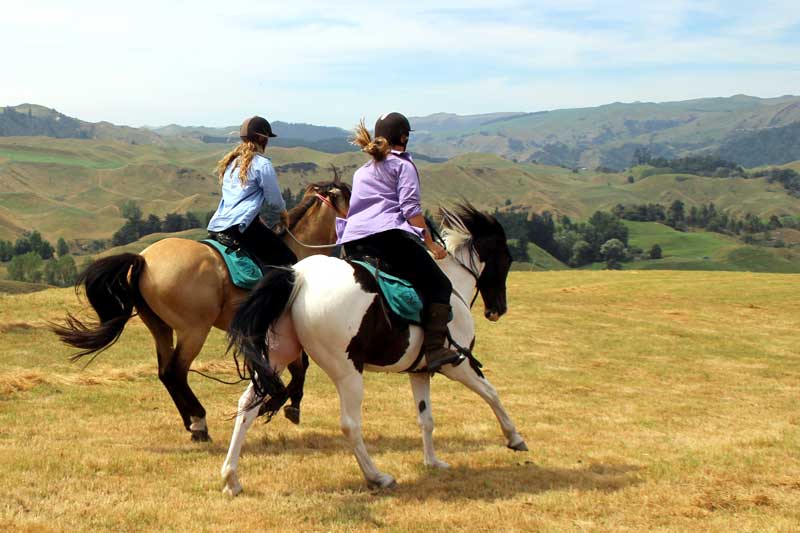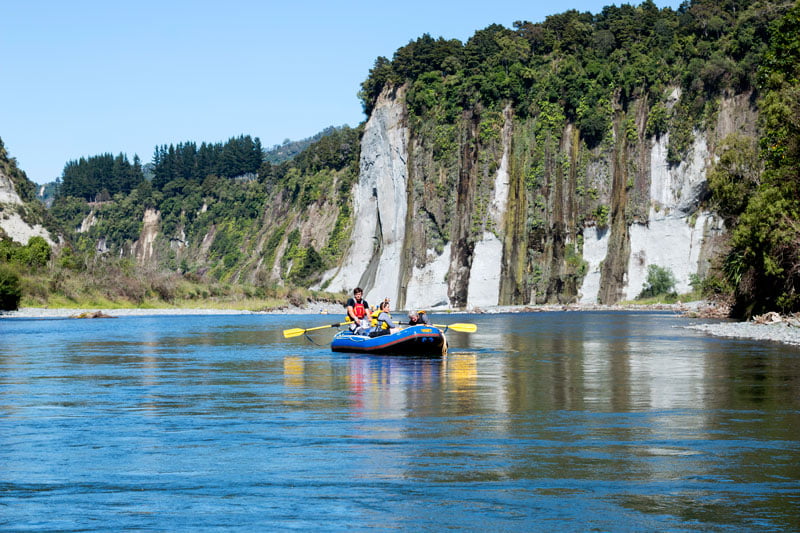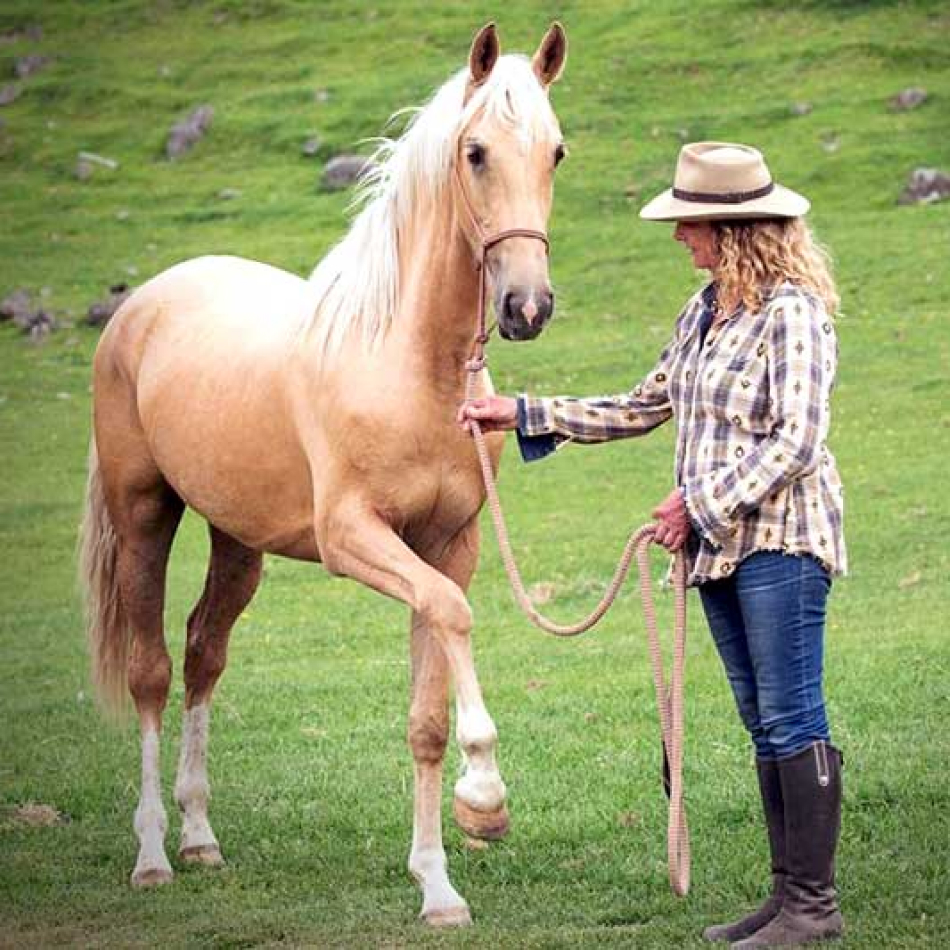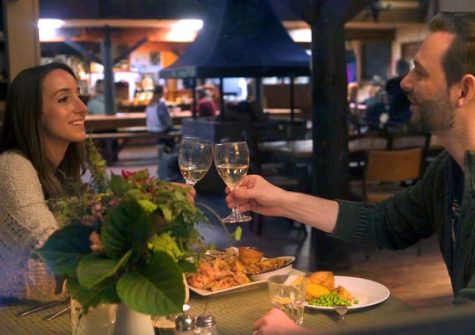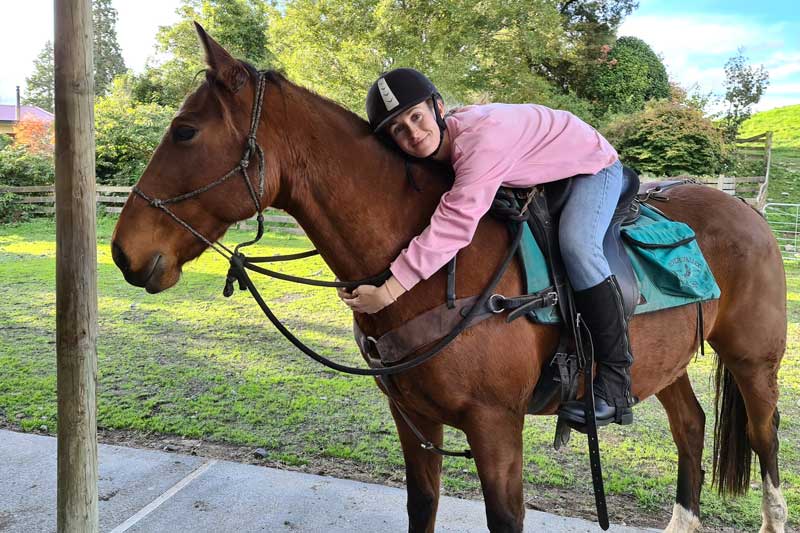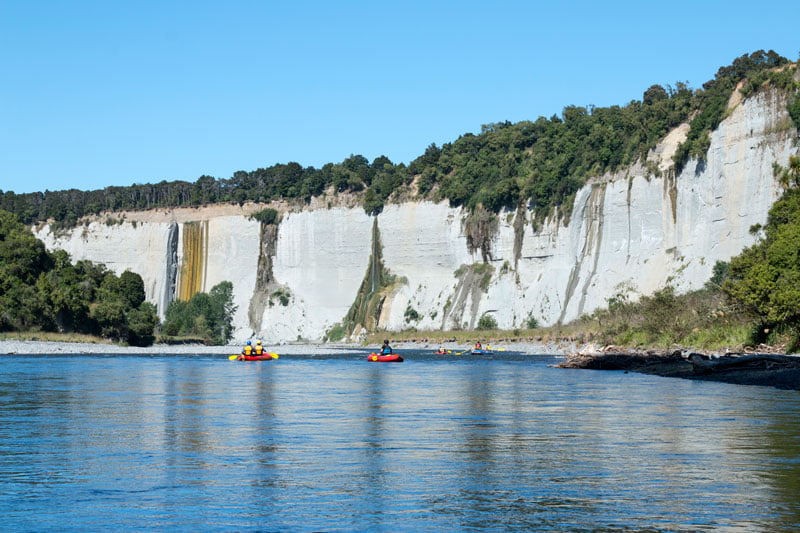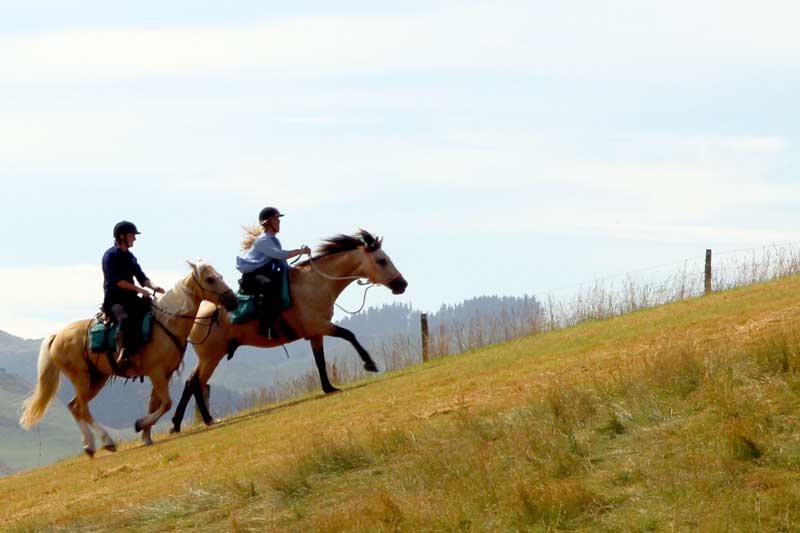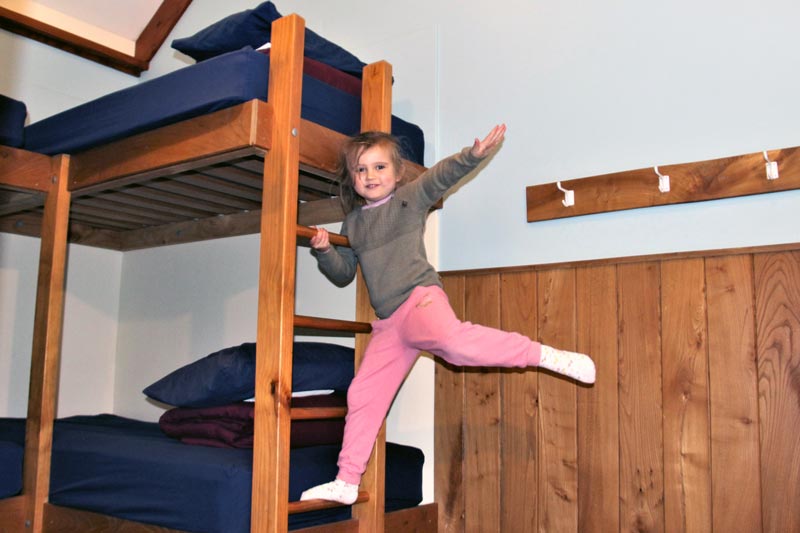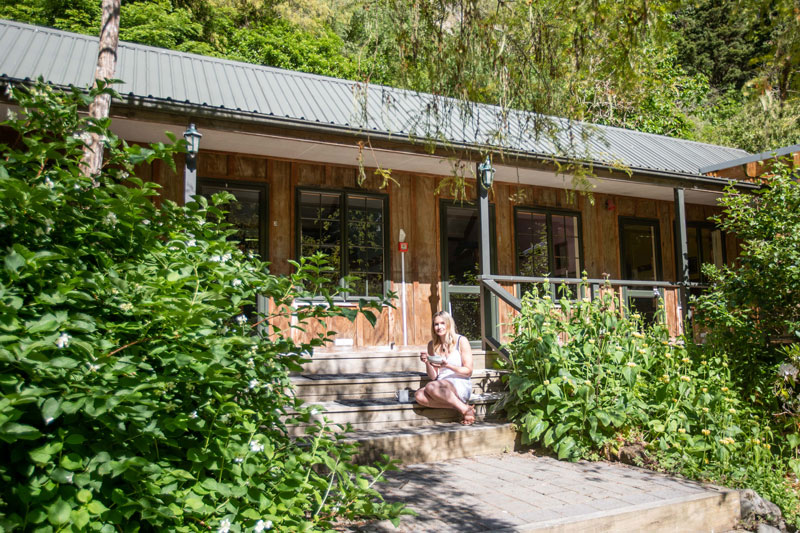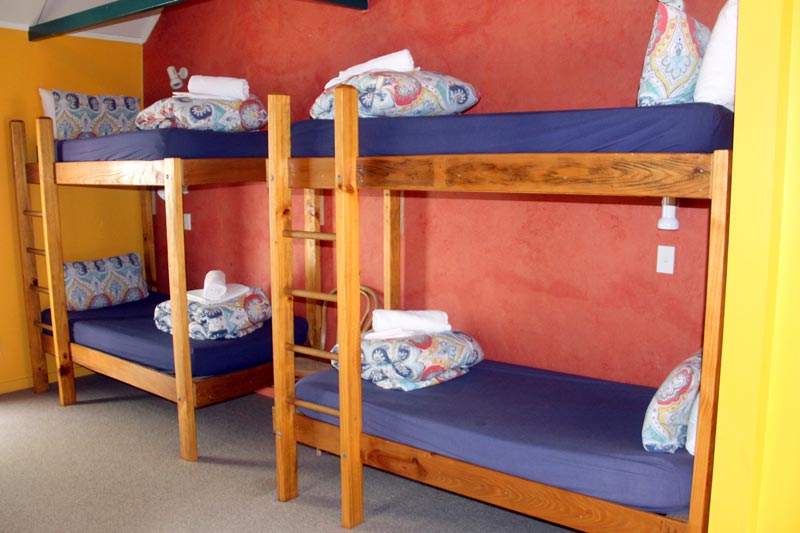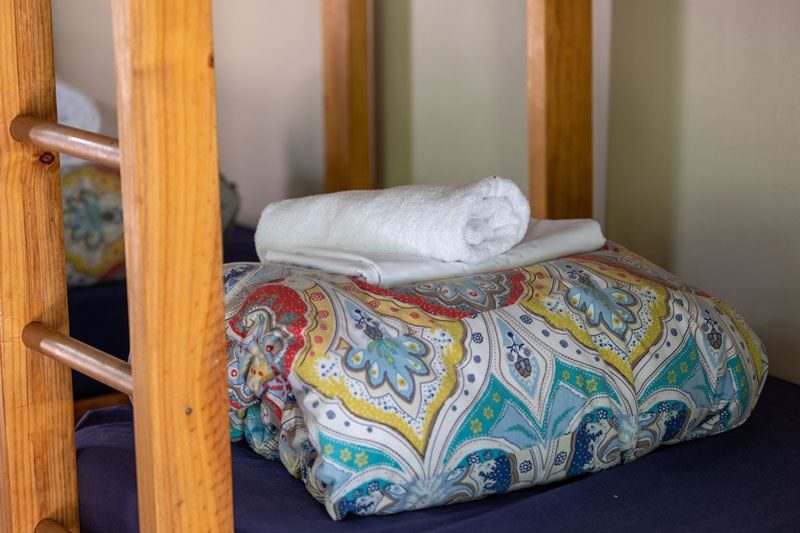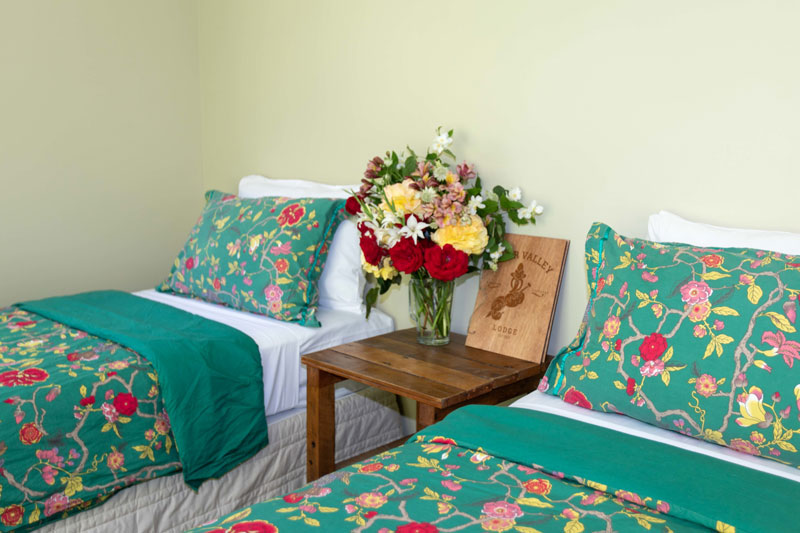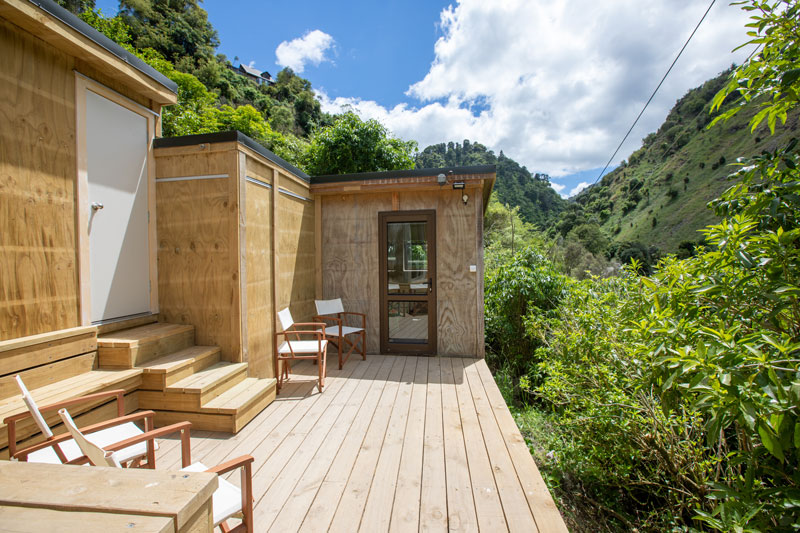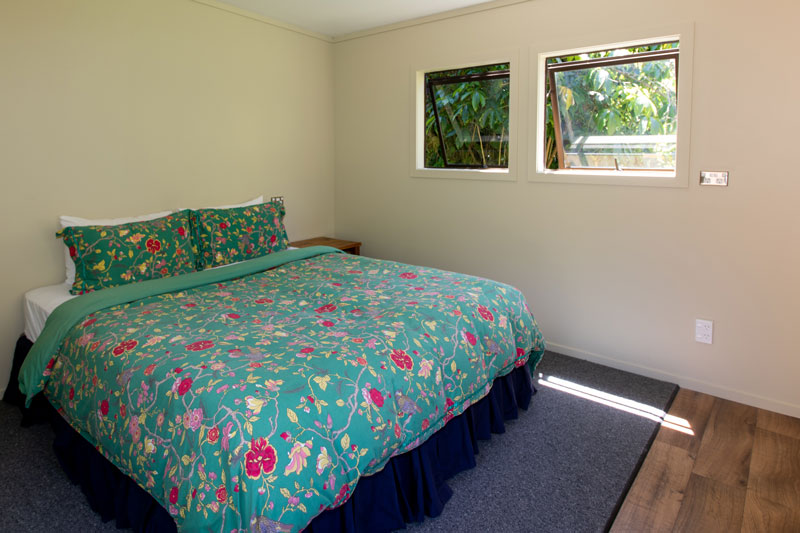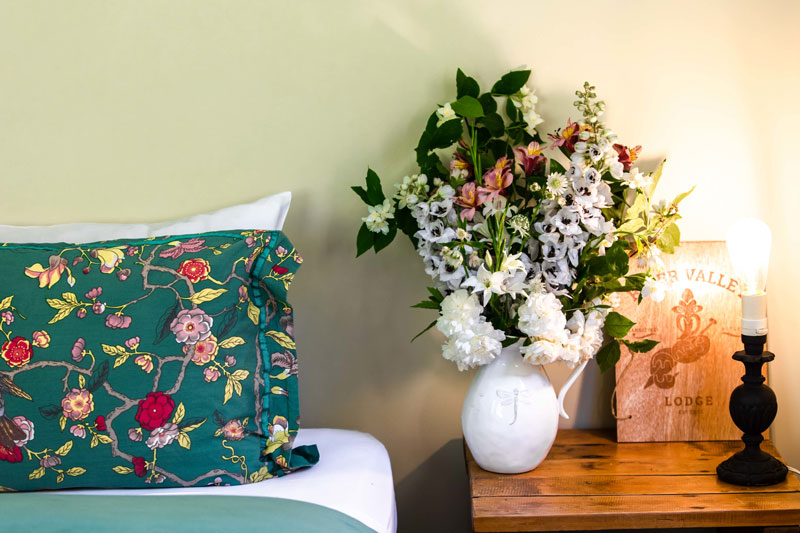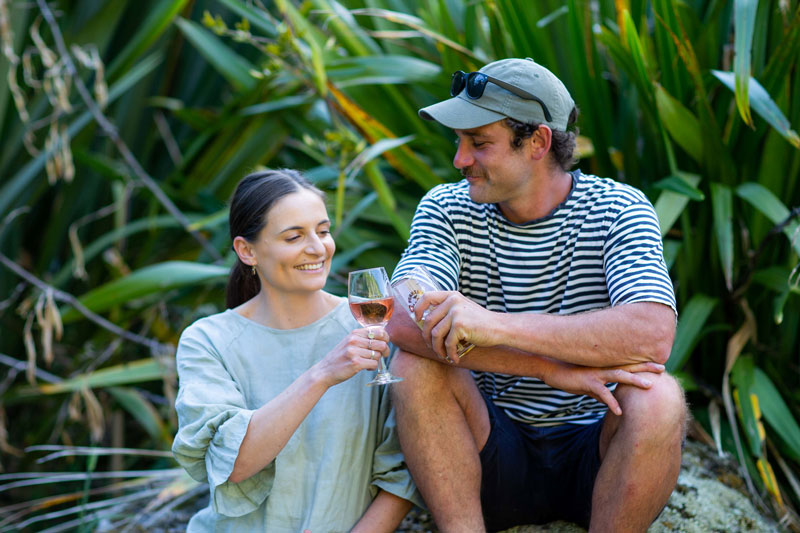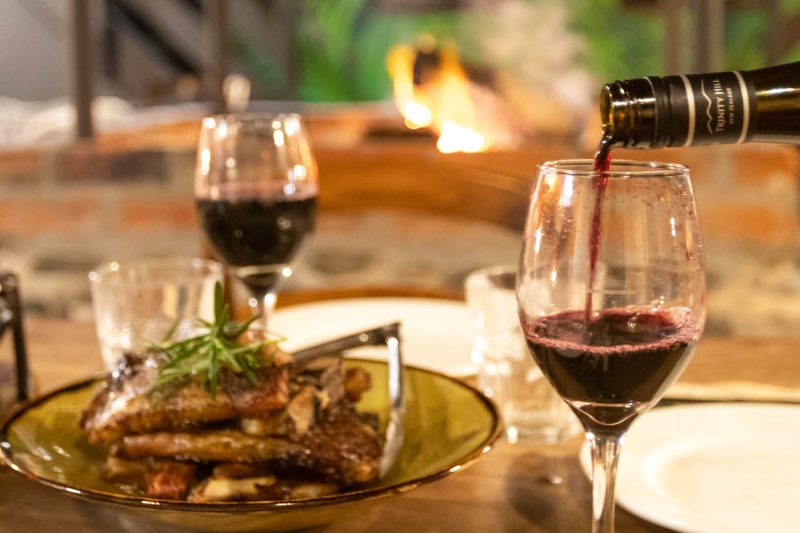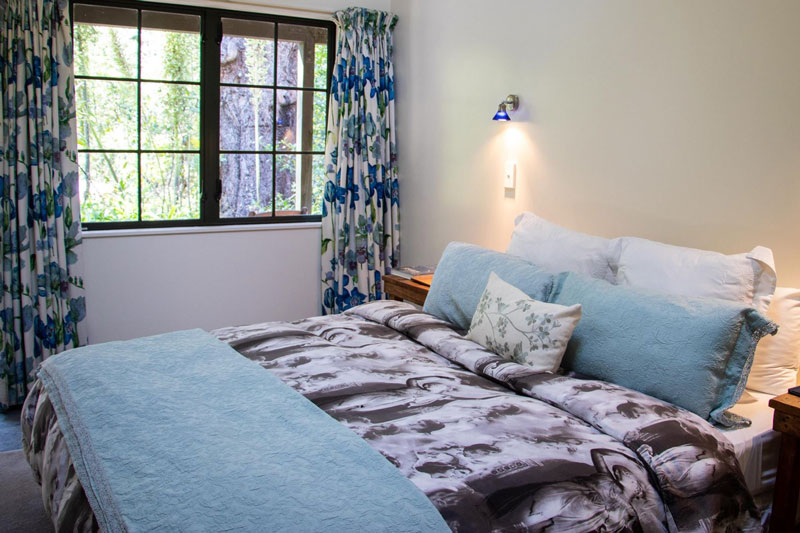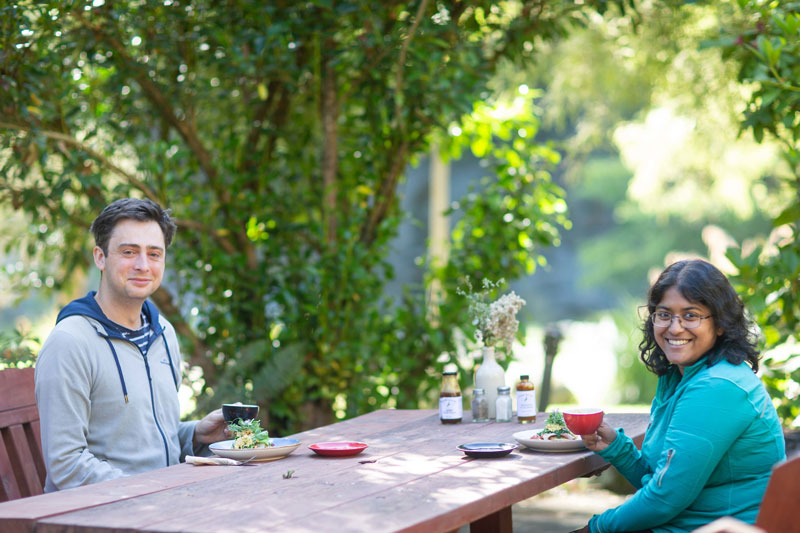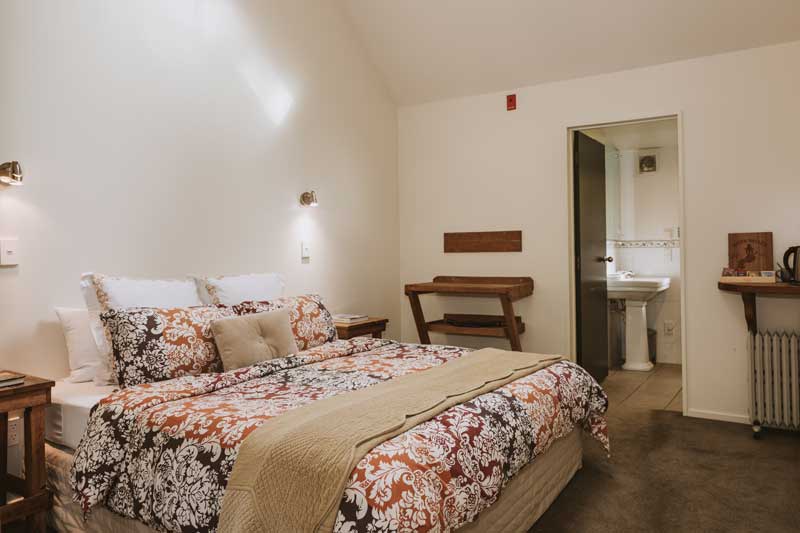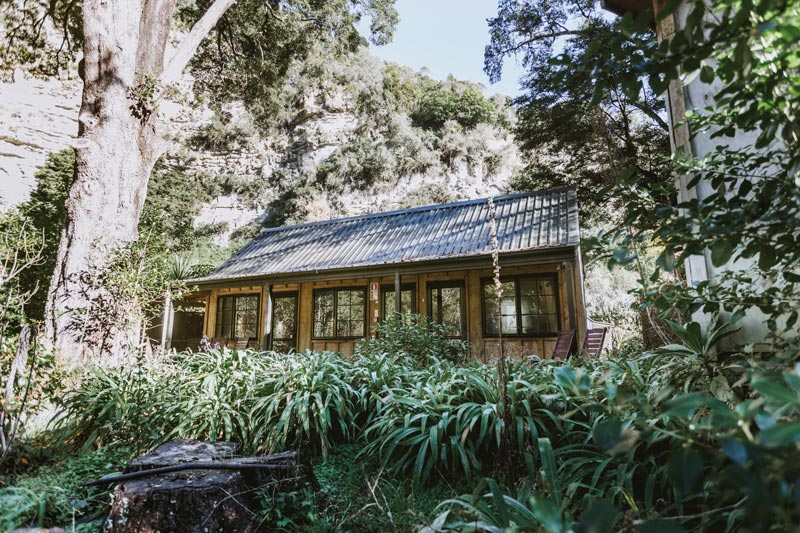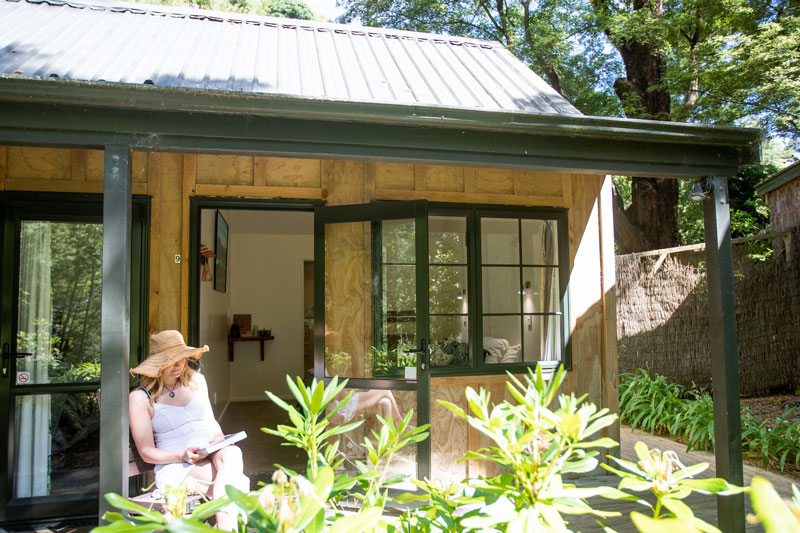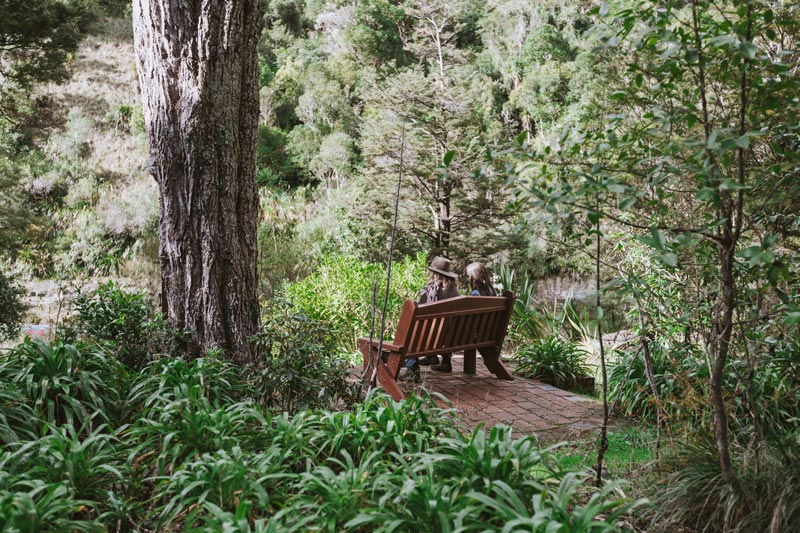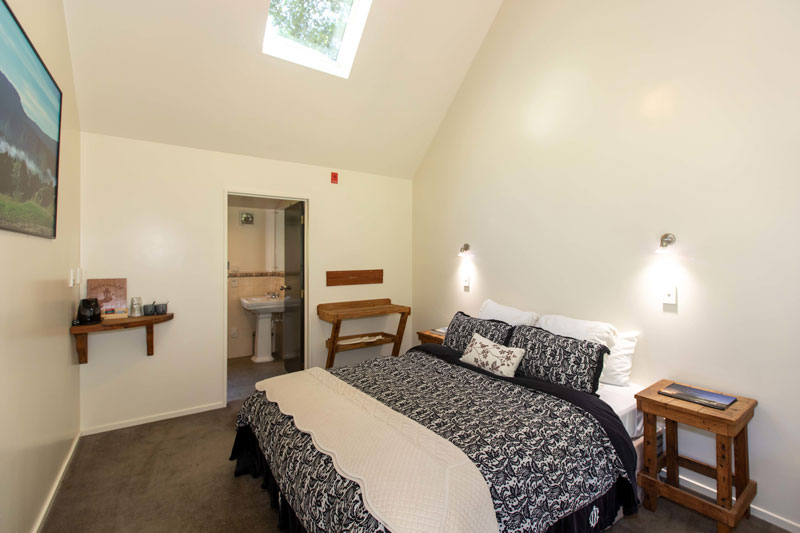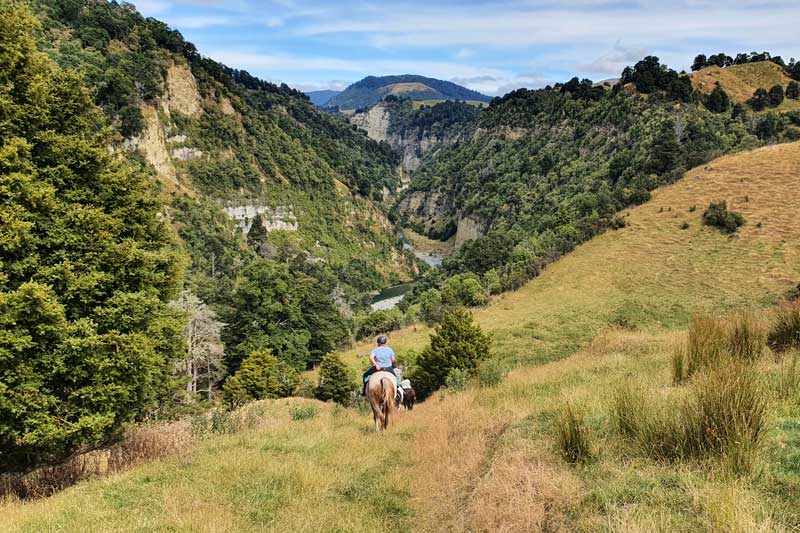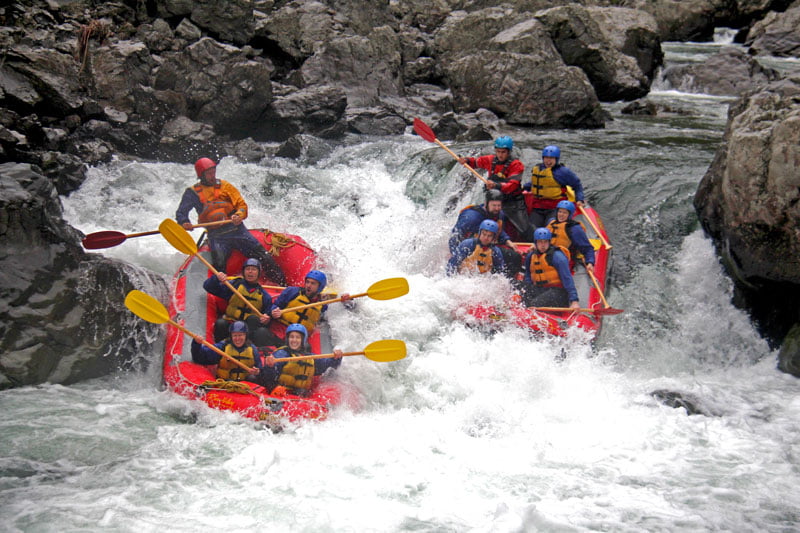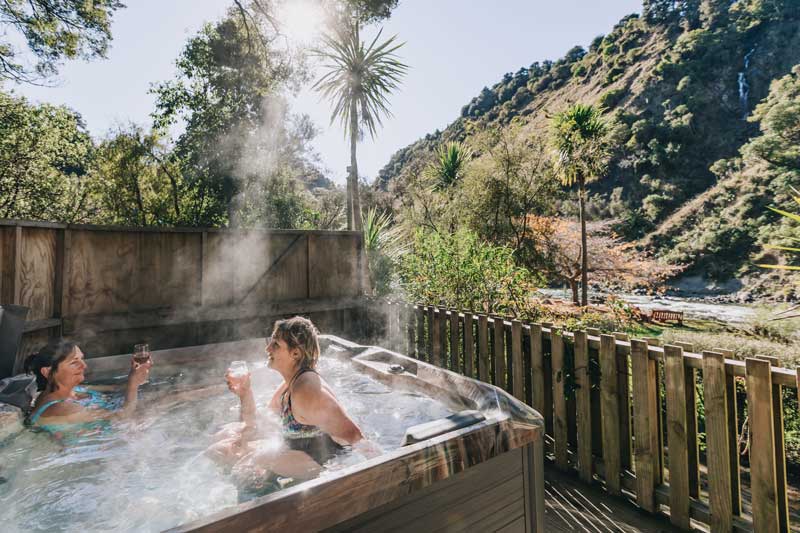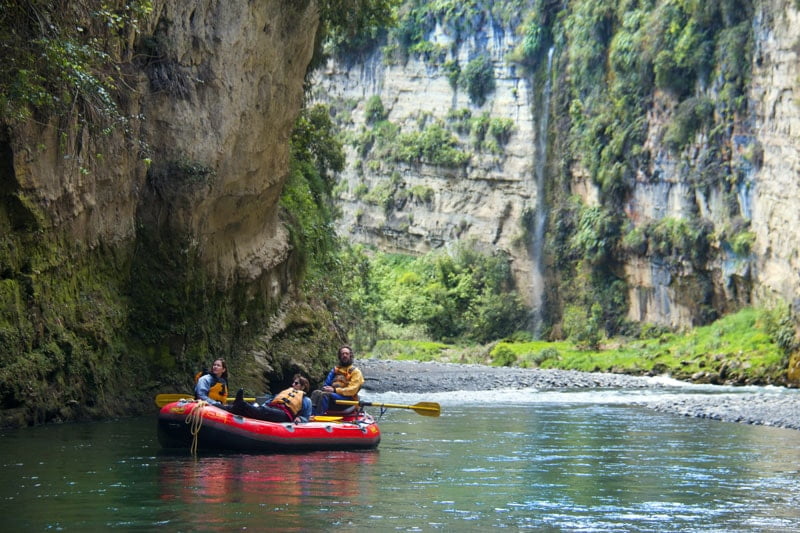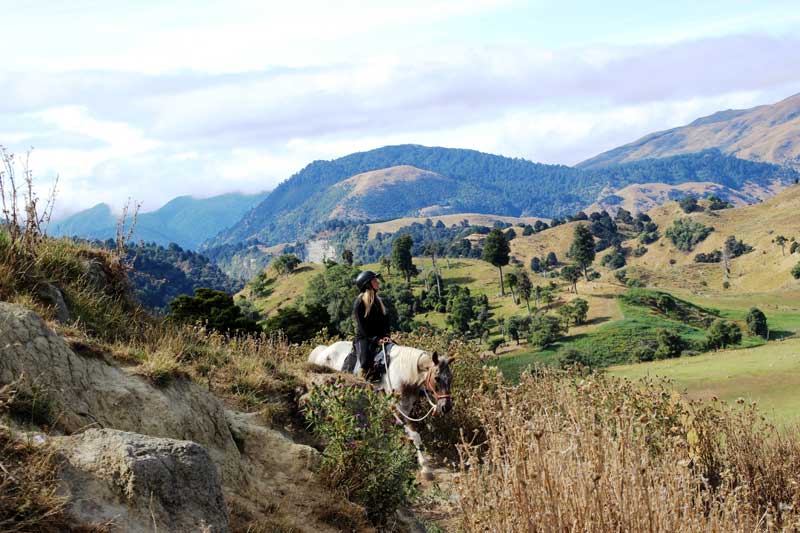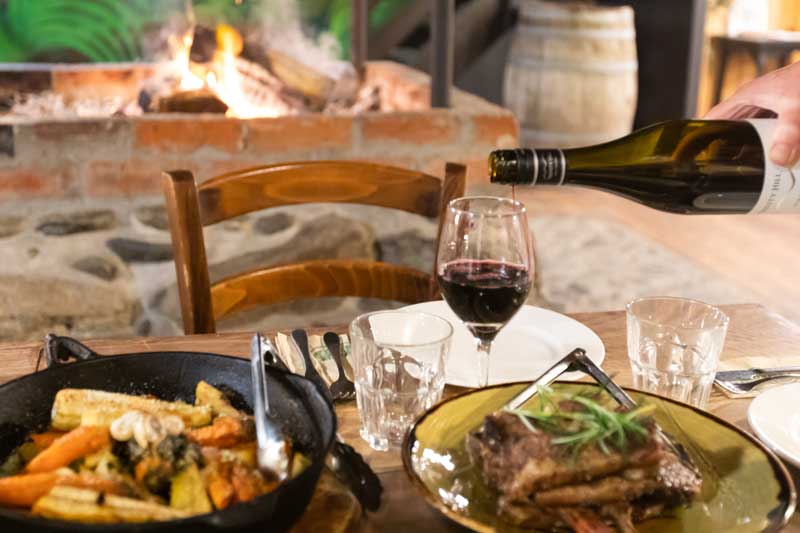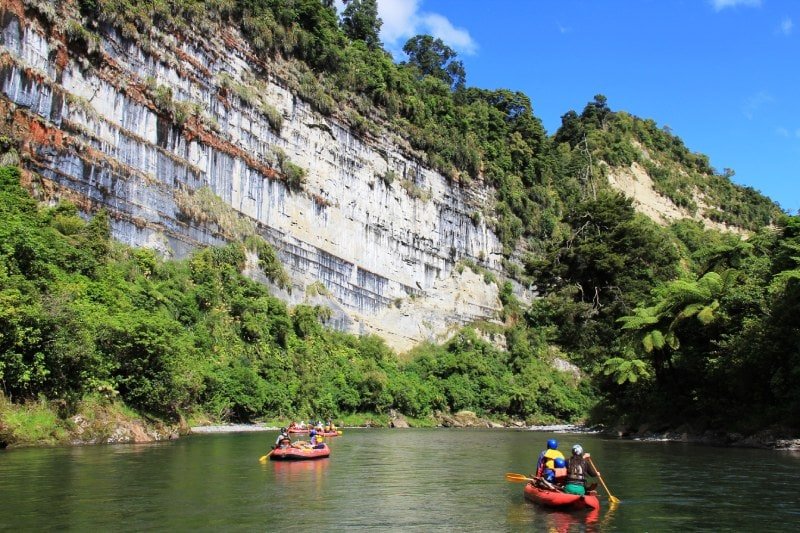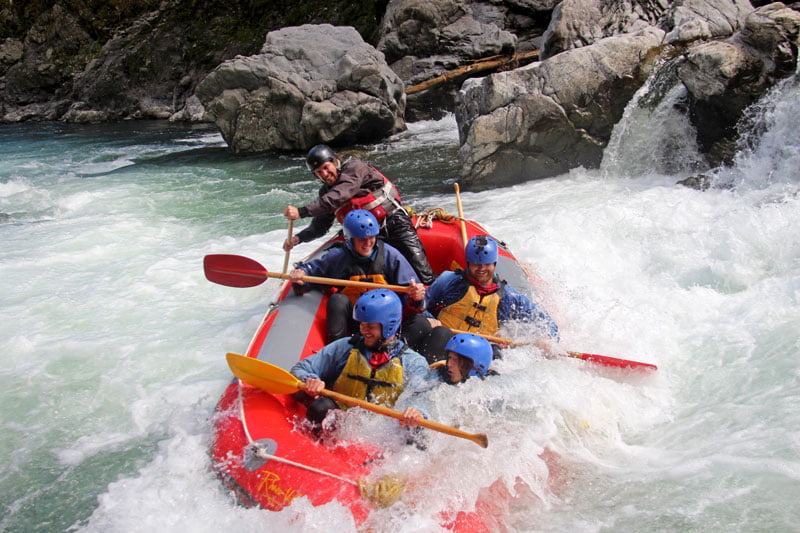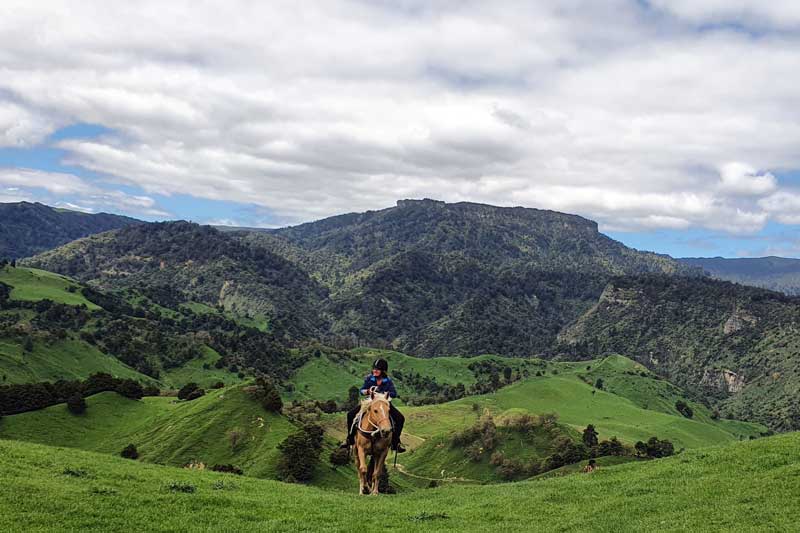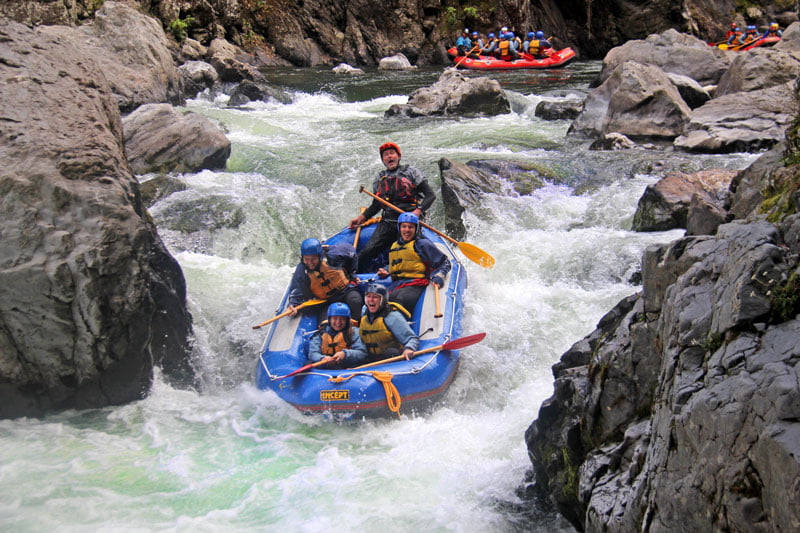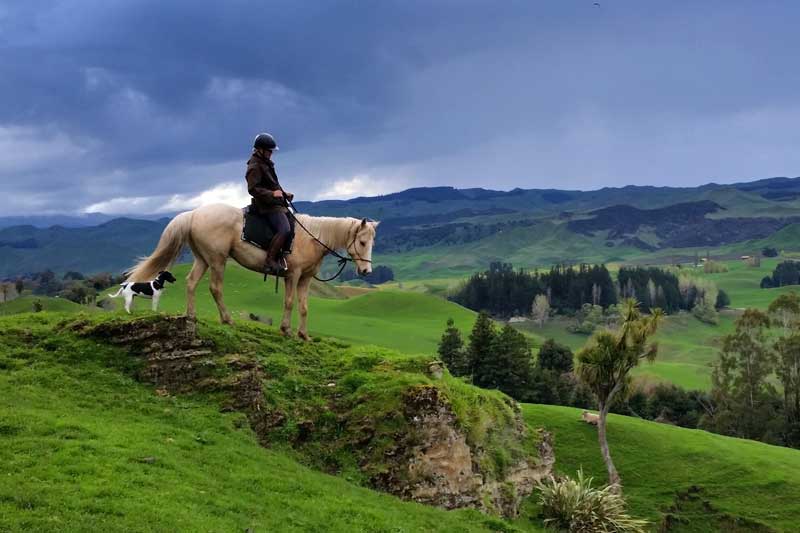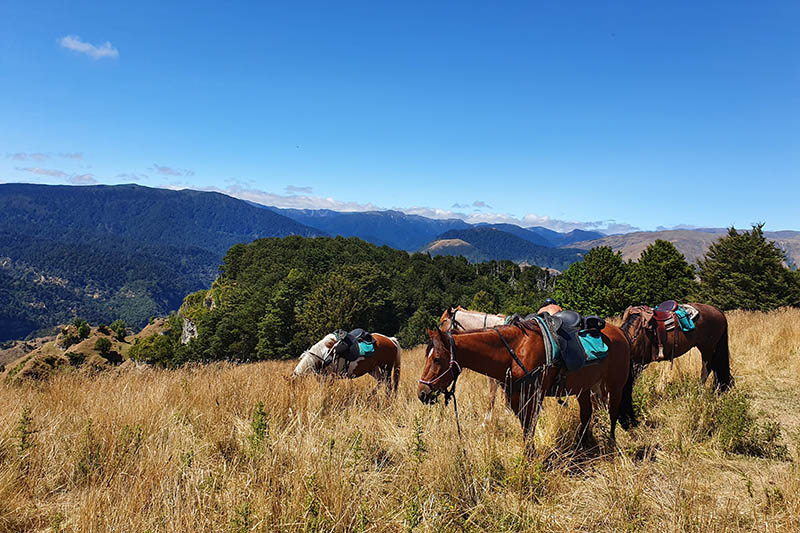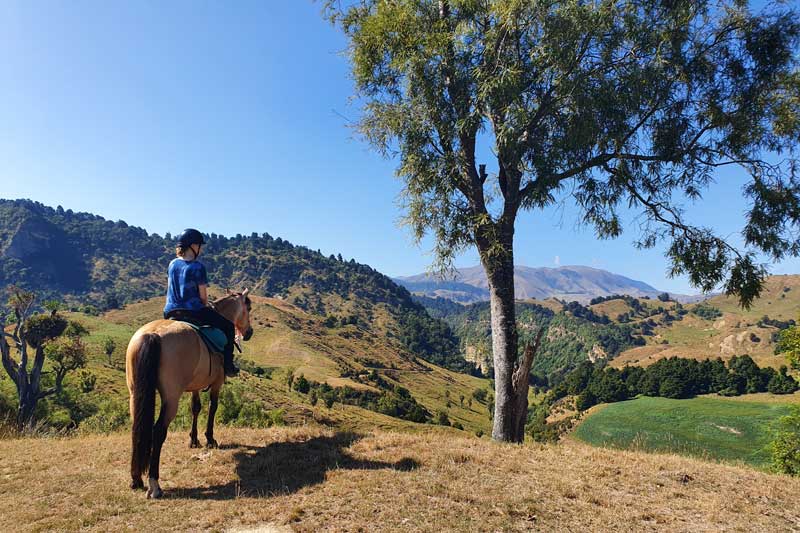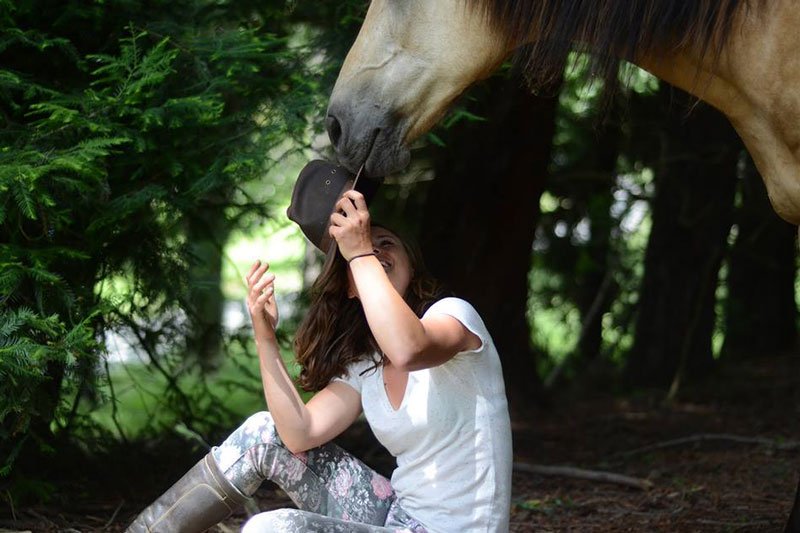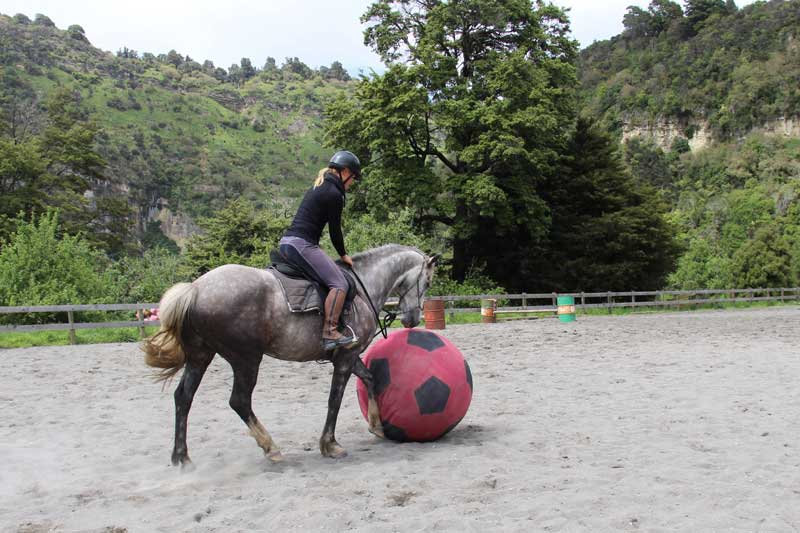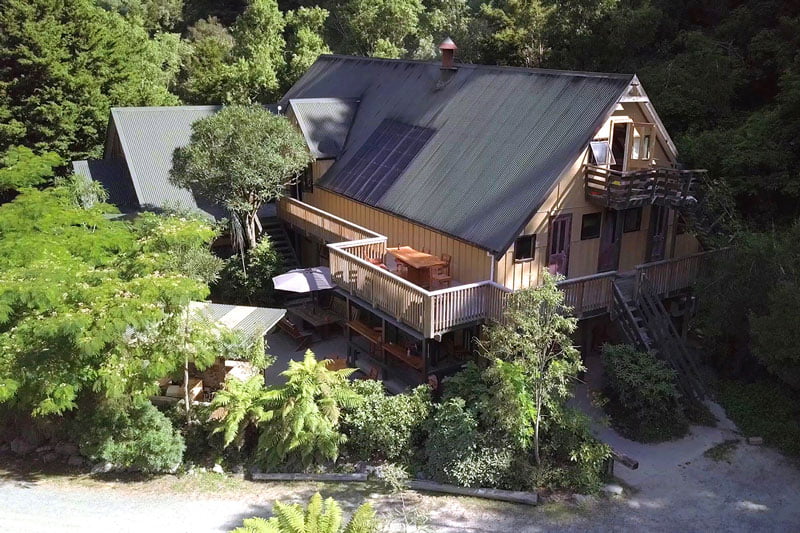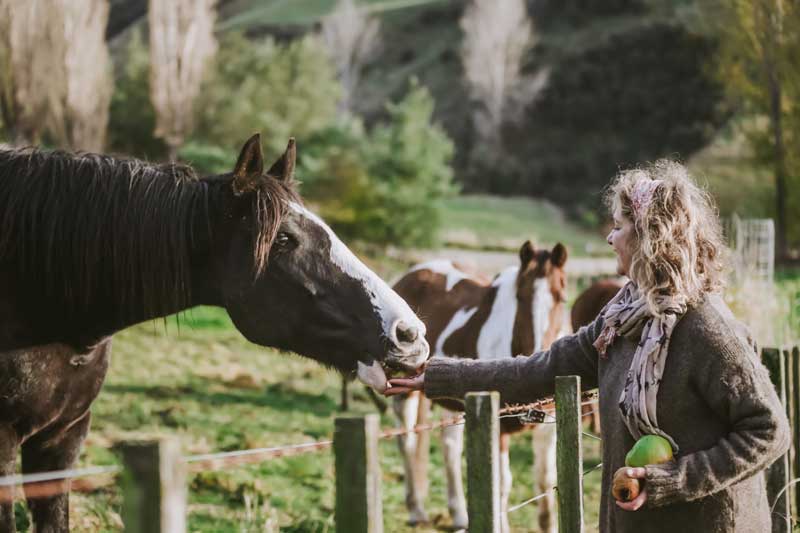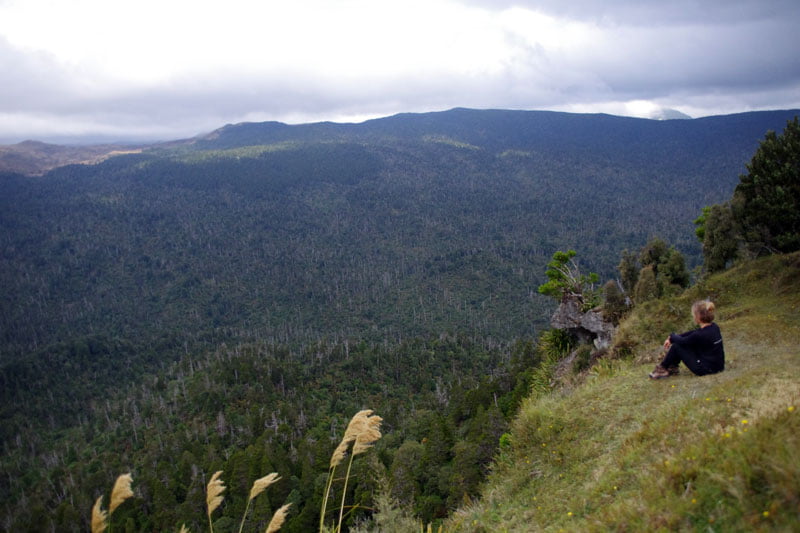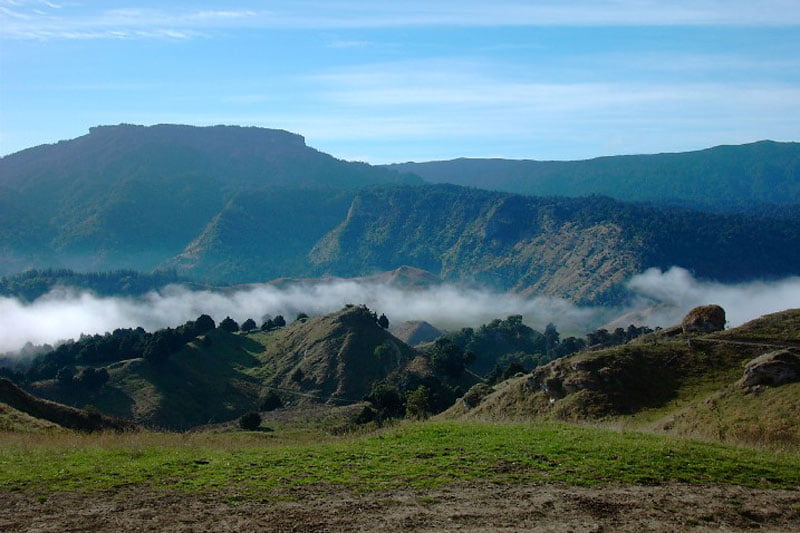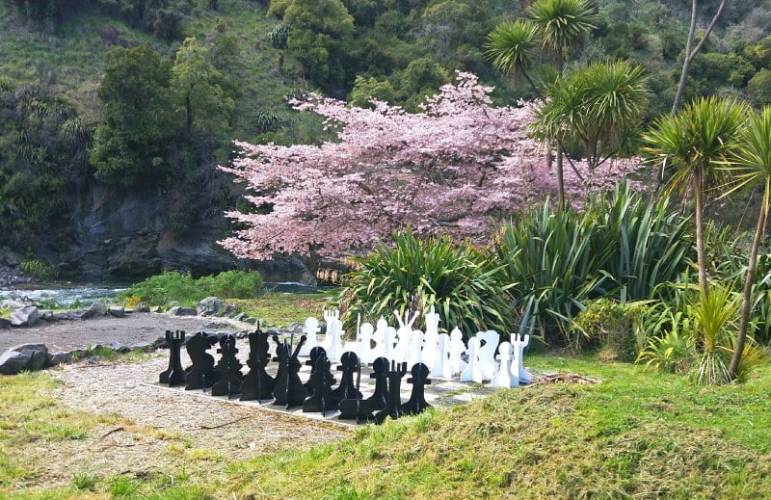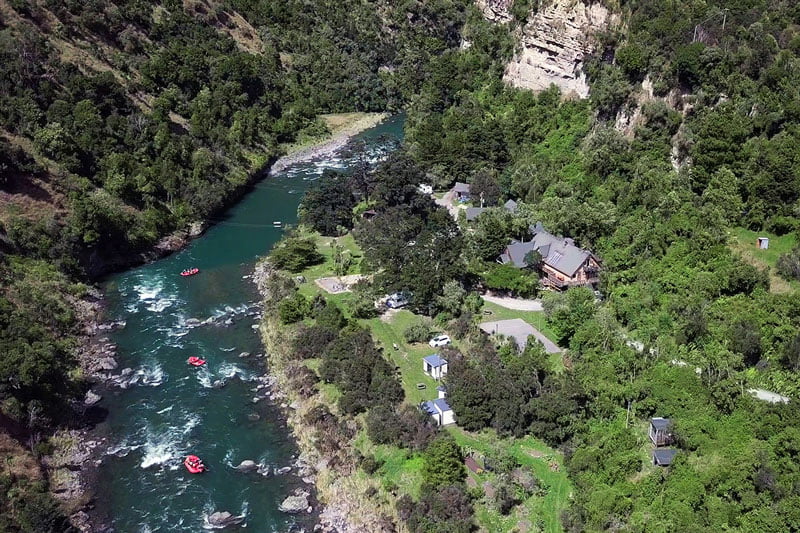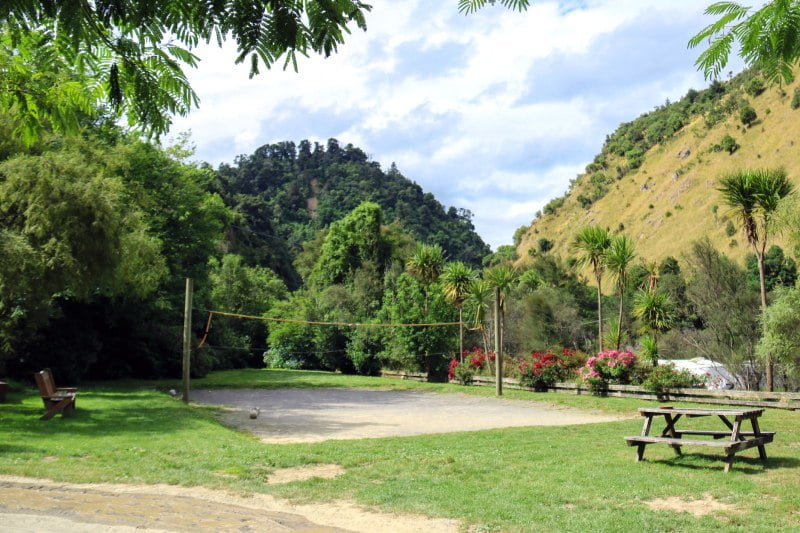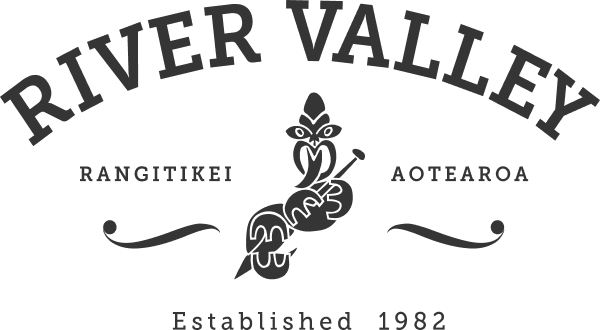Buffalo and The Benefits of Diversity
Meet Buffalo
Buffalo is a new, and somewhat unplanned, arrival at River Valley. While we knew and planned that there would be a couple like Buffalo in the Spring, his arrival a week ago – early autumn – was a real surprise.
Buffalo is the offspring of Susan, who with her fellow ruminant, Julianne, arrived here in February.
Susan and Julianne are a couple of “Tufty” heifers. Heifers are young female cows for those who don’t know. “Tufty” cows are polled (hornless) versions of the well-known Highland cattle breed. A breed that sports enormous horns. Big sets of dangerous looking horns, while looking quite something, we decided were not for us, hence the hornless version.
Susan and Julianne have deep orange/red coats. As we knew they were to become stars, we really had to name them after a couple of famous red- or auburn-haired actresses. I will leave it up to you to work out who they are.
The real question however is why?
Why did we need to introduce cattle to our operation?
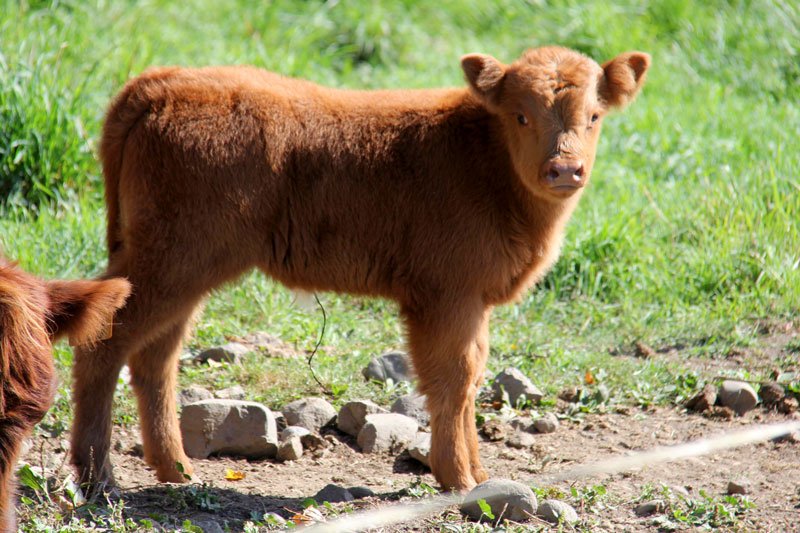
The Path to, and Strength of Diversity
Nature abhors a vacuum. Where ever bare or abandoned land is left to its own devices it is rapidly colonised by a variety of different species of plants (think weeds), insects, animals and birds. A succession then takes place as early colonisers, once they have done their job, are replaced by other species until the climax ecosystem is reached. In New Zealand this would be forest.
Agriculture, if we are all to have food to eat, attempts to stop this succession. One way to stop this succession involves the heavy application of various chemicals to kill those early colonisers in crops and pastures. I believe this is working against nature, not with her. It is in many ways a continual warfare mentality. It is a reductionist approach that attempts to limit diversity.
Nature also abhors monocultures. Whether it is immense fields of corn or soy, thousands of hectares with only dairy cows, row upon row of apple trees, or even pastures with only ryegrass and clover, nature will continually try and add diversity. Again, our response is often to reach for some toxic chemical product.
For a natural ecosystem, on the other hand, diversity is strength and resilience.
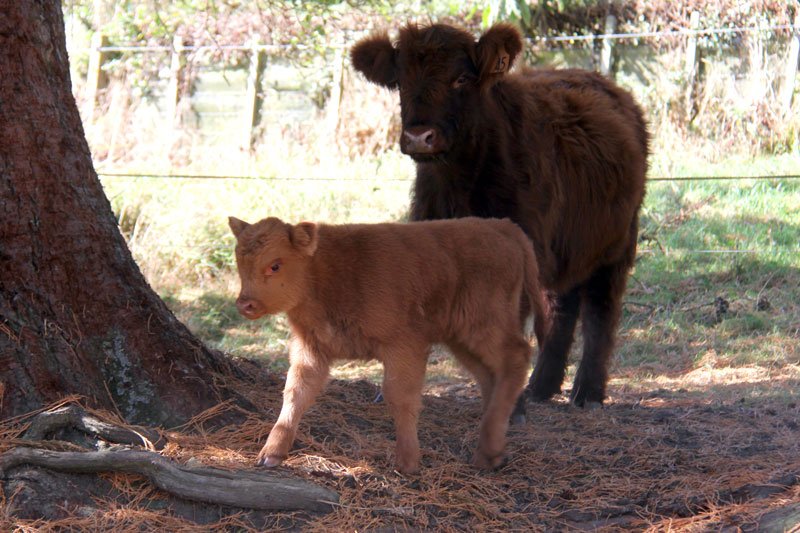
The Guineas, Susan, Julianne and Buffalo
I had felt for some time that the weakness of our grazing system at River Valley Stables – we use a form of holistic planned grazing – for our horses, was the lack of diversity. While we have over sown our paddocks with a real cocktail of different grasses, herbs and forbs, giving a salad bar variety of plant species in our pastures, there was no diversity in the animals eating those plants. The horses in a sense are a monoculture.
The first step in addressing this issue was the introduction of more birds to the system. In our case this was some Guinea fowl which were introduced in the autumn of 2018. In natural ecosystems where there are large grazing animals, there are also plenty of birds that co-exist with them.
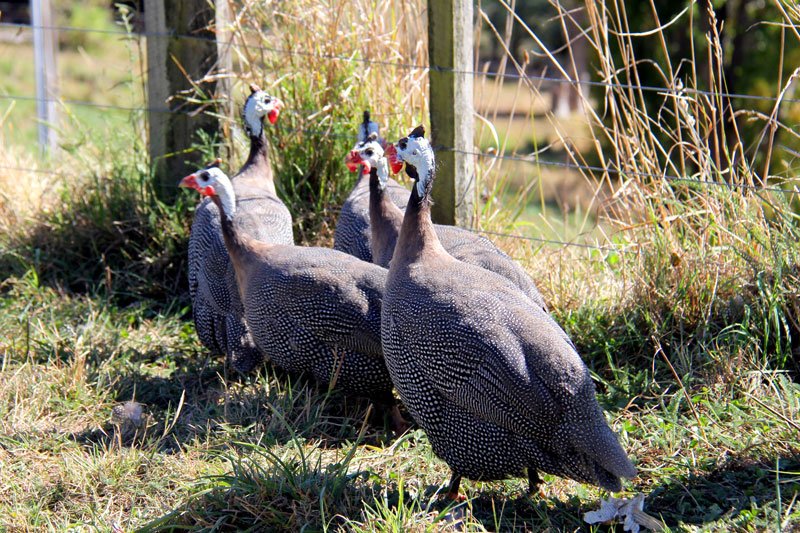
Out of Africa
Have you ever looked at a wildlife documentary that features the vast herds of wildebeest and other grazing animals on the plains of Africa? If you have, then you may have noticed that those herds are not just one species. Instead there will be elephants, giraffes, buffalo, zebra, and various species of antelope all mixed together. Each animal species impacts and benefits the landscape in a unique way. Diversity and resilience in action.
In our case, we were not about to introduce any elephants or giraffes, but a couple of star “Tufty” cattle we think will add some much-needed diversity and resilience to our system. I suspect most of the changes will only be obvious with regular and prolonged observation.
Diversity in any System
This focus on diversity in our grazing system, would not be complete without asking the question, “Are human societies stronger and more resilient with more diversity?”
Our prevailing economic and social “story” is essentially reductionist in nature. Our prevailing story does not welcome diversity, whether that be how we look at the world, how we dress, what we worship, the colour of our skin, the language we speak. And when confronted by diversity, the response can be to feel threatened or afraid. For some people that feeling of being threatened or afraid can lead to acts of violent atrocity, such as the recent mass killings by a white supremist of Moslem worshippers in Christchurch Mosques.
But I would ask the question, if natural systems are more resilient when diverse, why do we think that our human society would not be as well?
Brian Megaw

Buffalo, Susan and Julianne

